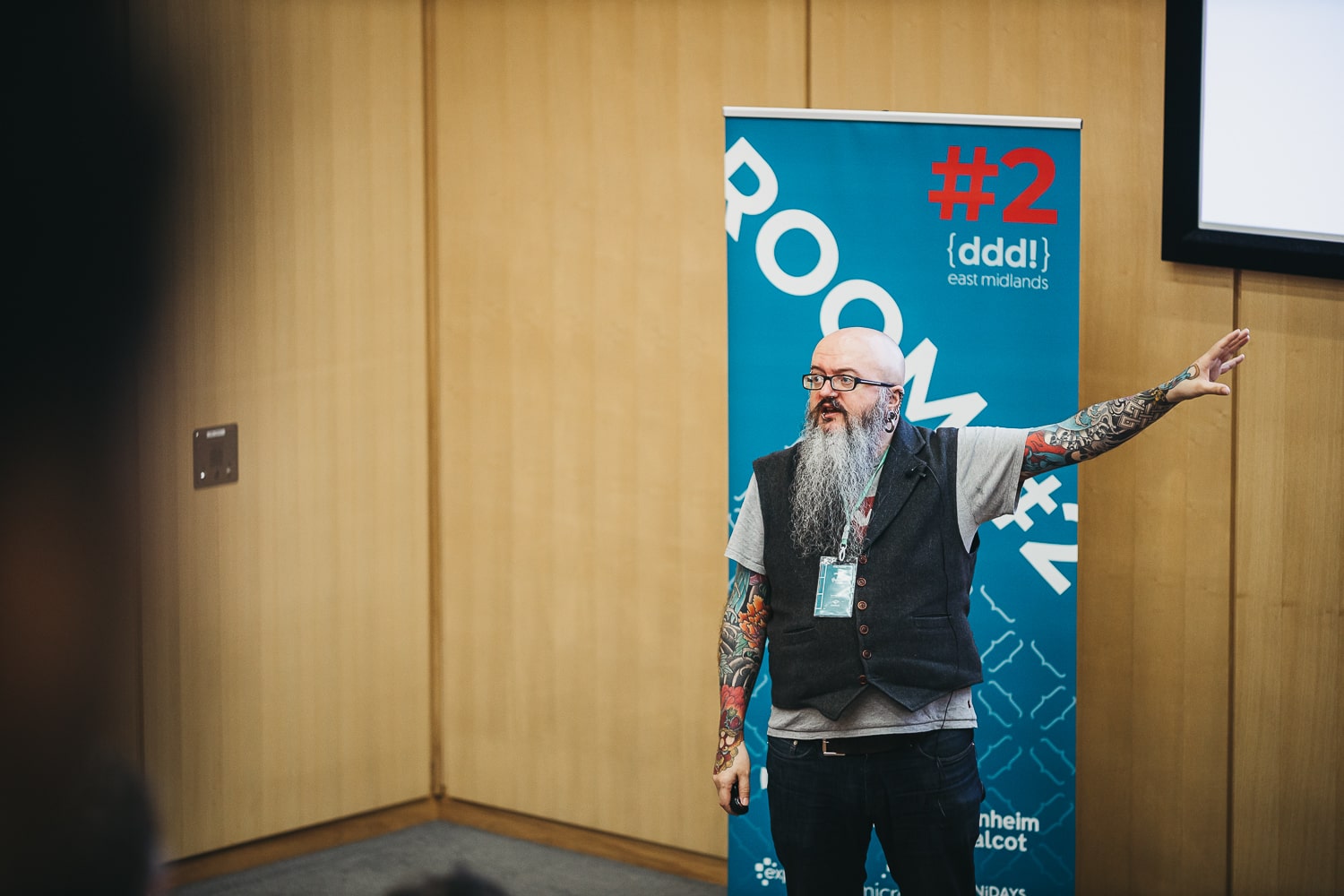Planning your content.
Introduction
You’ve had your abstract selected by an awesome conference! Congratulations! Before anything else pat yourself on the back, do a dance, eat that cake and celebrate!
Celebrated? Good. This is where the hard work starts.
If you don’t consider the structure or flow of your talk, you can end up having a disjointed presentation. This will make your excellently planned points unclear, hard to follow and less impactful.
There are a number of techniques and approaches to solving this problem. In this article, we will outline a few of these. Chop and change them to suit your needs.
The bullet point list
It’s simple but it works. This is my first point of call after talking through my ideas with someone else. Bullet point out the main points you want to make. Scribble or re-order into an order that makes sense to talk through.
These bullets are also useful when practising what you are going to say, as they will most likely cover the main points you want to talk about.
The flow diagram
If you prefer boxes and lines, the bullet points of ideas can translate into a flow diagram. Does it make sense to go from one point to another? Do you need to consider transition, and how will you transition between these points? Is there a clear start and finish and if not, how can you make it feel finished at the end?
Each box can then be translated into a key point, a slide or both.
The ‘storyboard’
This technique involves drawing out your rough slides in the style of a comic strip or storyboard. Some like to do this by hand (myself included) and others like to draft their ideas in their presentation software of choice.
The advantages of doing this are:
-
You can draft out how you are going to section each point using slides
-
You can check the flow of the way your points are demonstrated without the effort of making fully planned slides. This is easier to cut out slides and reorder them before you are fully invested in them.
I personally use this in combination with the first technique. It suits my personal style of presentation as well as I rely more on drawings and pictures for my slides than text. A paper comic strip where I can draw out my ideas, cross out ideas and arrows everywhere for where the flow doesn’t make sense. I can then spend time translating these rough notes into slides.
Some people who use bullet points have said this style helps them limit the text they want to show. By having less room to write on their “comic strip” they are restricted to writing only the key points.
Telling a story
Storytelling techniques that are traditionally used with written short stories can also be applied to presentations. This blog on ‘8 Classic Storytelling Techniques’ brilliantly explains some ways in which you can structure the flow of your talks.
Incorporating one of these storytelling flows can be challenging for some and often requires a lot of planning. It doesn’t work for everyone. Some find it a great way of remembering the content of their talk and giving it a natural flow, but others struggle with the regimented script.
Give it a try, and see if it works for you.
From the end to start
This is a technique used by Brunty. They start with the final point they want to make and work backwards from there. It helps some to maintain a direction, rather than starting at the beginning and finding that they’ve gone off on a tangent and not reached the point they wanted to at the end.
He often writes the closing slides first. They’ll likely change, as through writing the slides the message can evolve, but he finds that by keeping a focus on the closing statement it keeps him in the general right direction
Audience Driven Development
Considering your audience is always important, but Nick takes this one step further. He uses the knowledge about his audience to guide his talk. With this technique (which can be combined with the above) you do the following:
-
Start with your talk topic (title/description)
-
Write down/consider who your audience are and what their level of knowledge/experience in this area might be.
Write what points you would want this audience to take away from your talk. You can use these points as the main themes for your slides and then use them as a closing summary. Re-affirmation of the key takeaways is a common technique. It re-iterates and summarizes what you want your audience to know, shows thought to how you’ve structured your talk, and is a great slide to take a photo of, as an attendee, if you want a brief summary.
This technique also encourages you to adapt your talks to who is seeing it, each time you present it. It may be more work, but provides a tailored experience.
These are but a few techniques. Even more will be covered in the speaker’s workshop at the end of next month that selected sponsors and volunteers will be attending. I’ll add methods mentioned in that workshop to this post after the event. Good luck, and let us know if any of these techniques work for you, or if you have any we haven’t considered.







